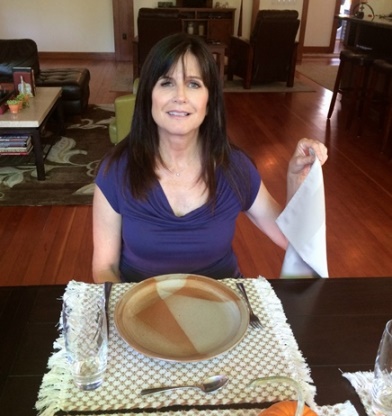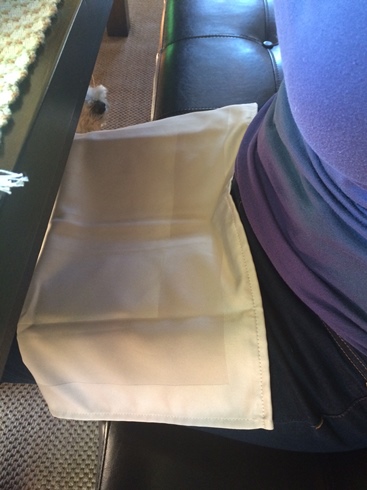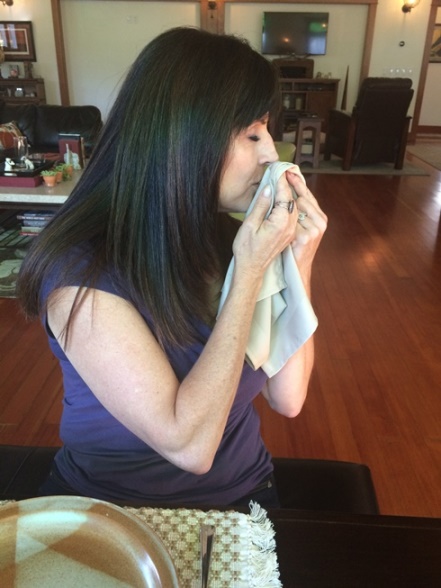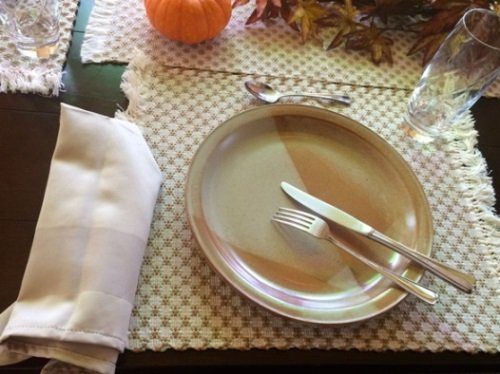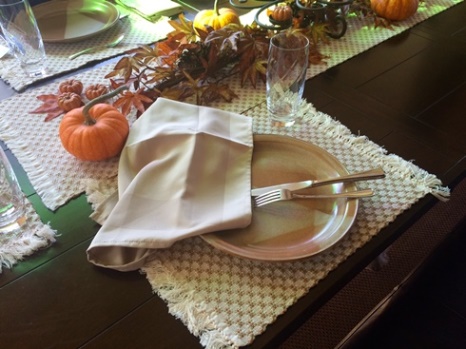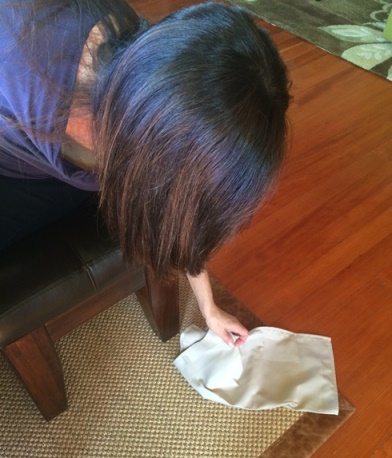Sushi is not just a meal; it's a food art that the Japanese have perfected over centuries. It has been said it was a fast food for a particular social class from the Edo period (1600 – 1800’s) onwards. While the focus often lies on the skill of the sushi chef or ‘Itamae’ and the quality of fresh ingredients, understanding the nuances of sushi etiquette is important. Let’s explore the finer points of how to eat sushi properly.
Choosing the Right Restaurant: You can start your sushi journey by selecting a reputable sushi restaurant. An expert Itamae chef will take 5 – 10 years to understand their trade to become a skilled sushi chef using traditional preparation methods. So, take time out to do that bit of scrolling to find the perfect restaurant with it's own Itamae.
Traditional Japanese Sushi vs. Western Sushi: Sushi menus can be diverse, ranging from offering Japanese-style sushi to nigiri using three to four fresh ingredients. Conversely, western style, from sashimi to hand rolls, uses ingredients, various creamy toppings and extra condiments.
Chopsticks or Fingers?: Many think that chopsticks are an ultimate tool for enjoying sushi. However that is not the case in Japan. The Japanese prefer to hold sushi with the fingers, avoiding touching the rice or protein and directly holding the seaweed. If you want to use chopsticks hold them towards the ‘top’ or thicker ends and not in the middle. When picking up a piece of sushi, do so gently and avoid stabbing it.
Rice: Rice is the hero of the sushi story, rather than fish. The rice that is used in sushi is Japanese short-grain rice. This rice is also used to make sake and rice vinegar. Sushi rice, known as "shari" or "sumeshi," is made by washing short-grain Japanese rice to remove excess starch. After draining, the rice is cooked with water and rice vinegar, sugar, and salt. The cooked rice is then cooled and seasoned, creating a slightly sweet, sticky consistency perfect for making sushi.
Soy Sauce - Shoyu: When dipping sushi into soy sauce, please do it carefully without soaking the rice making it soggy consequently falling apart and it going splat! The Japanese way is to pick up the sushi (rice and salmon only) on it's side then turning the chopsticks, dip the fish side of the sushi into the soy sauce. If you are holding a piece of sushi with nori wrapped around it, then dip only one side only for sushi. Never mix wasabi and soy sauce or ginger with the soy sauce and finally never shake the soy sauce off the item you are about to eat.
Wasabi and Ginger: Wasabi is a Japanese type-horseradish and ginger is known as shouga. These two ingredients are not optional side extras as they are in Western restaurants. Wasabi is served as a light topping or within the sushi roll itself. Pickled ginger is a siding to help cleanse the palate; remember never to place ginger on the sushi, a big no-no. Instead, pick up the ginger between bite of sushi with your fingers.
Nori: Nori is a dried edible seaweed made from species of the red algae. It has a distinctive and memorable flavour, used to wrap rolls of sushi. A good Japanese restaurant will use the highest grade nori which is the most tenderest of all the grading of nori.
Eating at the counter or table?: Typically, Japanese diners opt for the counter due to its impact on temperature. Temperature fluctuations can notably influence the flavour and quality of both the protein and rice, making even minor variations a crucial factor in the sushi experience.
Typical Traditional Japanese Sushi: There are many traditional dishes that restaurants can serve and specialise in. Here are a few items on the menu that you could find: chirashizushi - scattered sushi, oshizushi - pressed sushi, nigirizushi - hand-pressed sushi, narezushi - matured (fermented) sushi, makizushi - rolled sushi and inarizushi - fried tofu pouch filled with sushi rice.
Western Japanese Sushi: Hand rolls like California or lobster rolls are designed to be eaten quickly. Here you will find ingredients such as Kewpie mayonnaise, avocado, cucumber and crab, which Japanese sushi chef Ichiro Mashita invented in 1960s Los Angeles due to not finding the type of fatty tuna found in Japan, replacing it with an equally oily yet fresh ingredient of avocado. Another modern invention is the much-loved Kewpie mayonnaise was created by Toichiro Nakashima to improve the health of the Japanese population in 1925.
By understanding the nuances of sushi, you can enhance your dining experience and pay homage to the rich cultural heritage behind this iconic Japanese cuisine. Itadakimasu or bon appetite, as they say in Japan.















